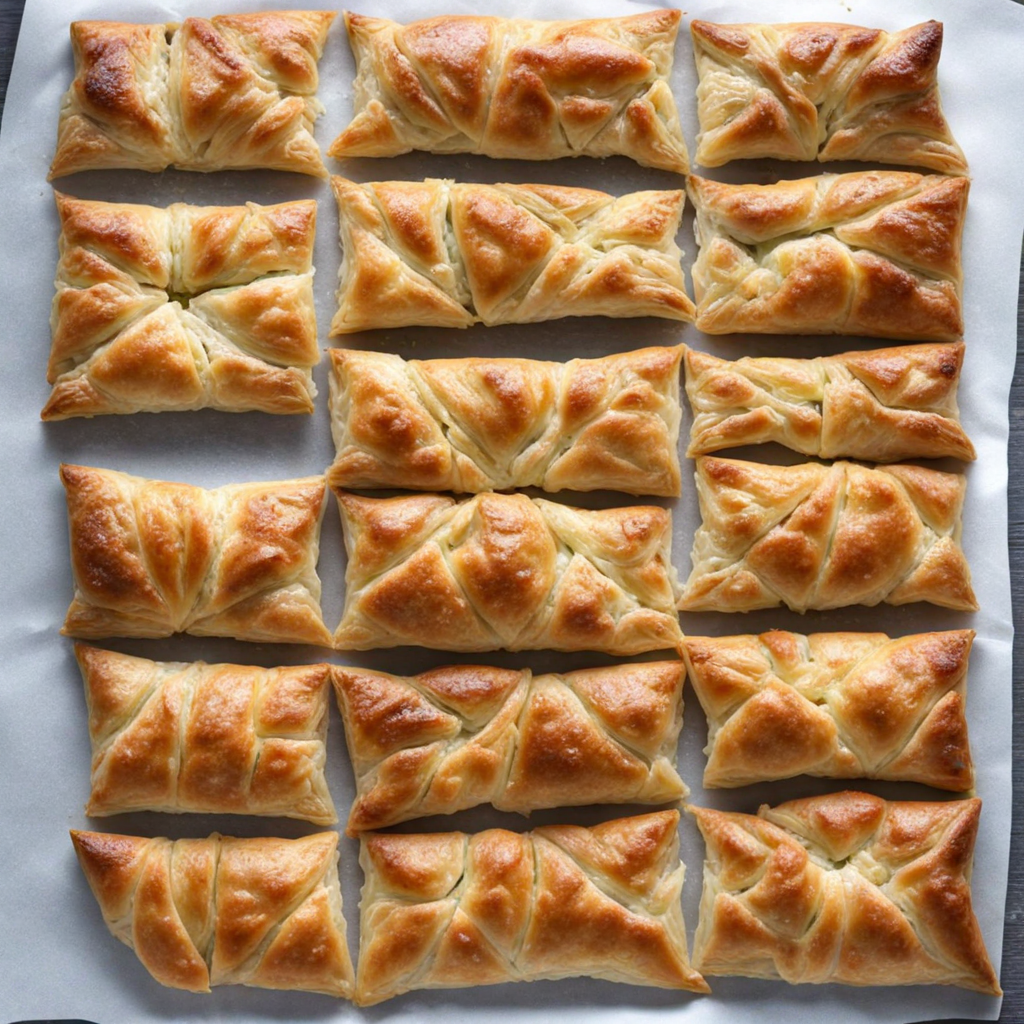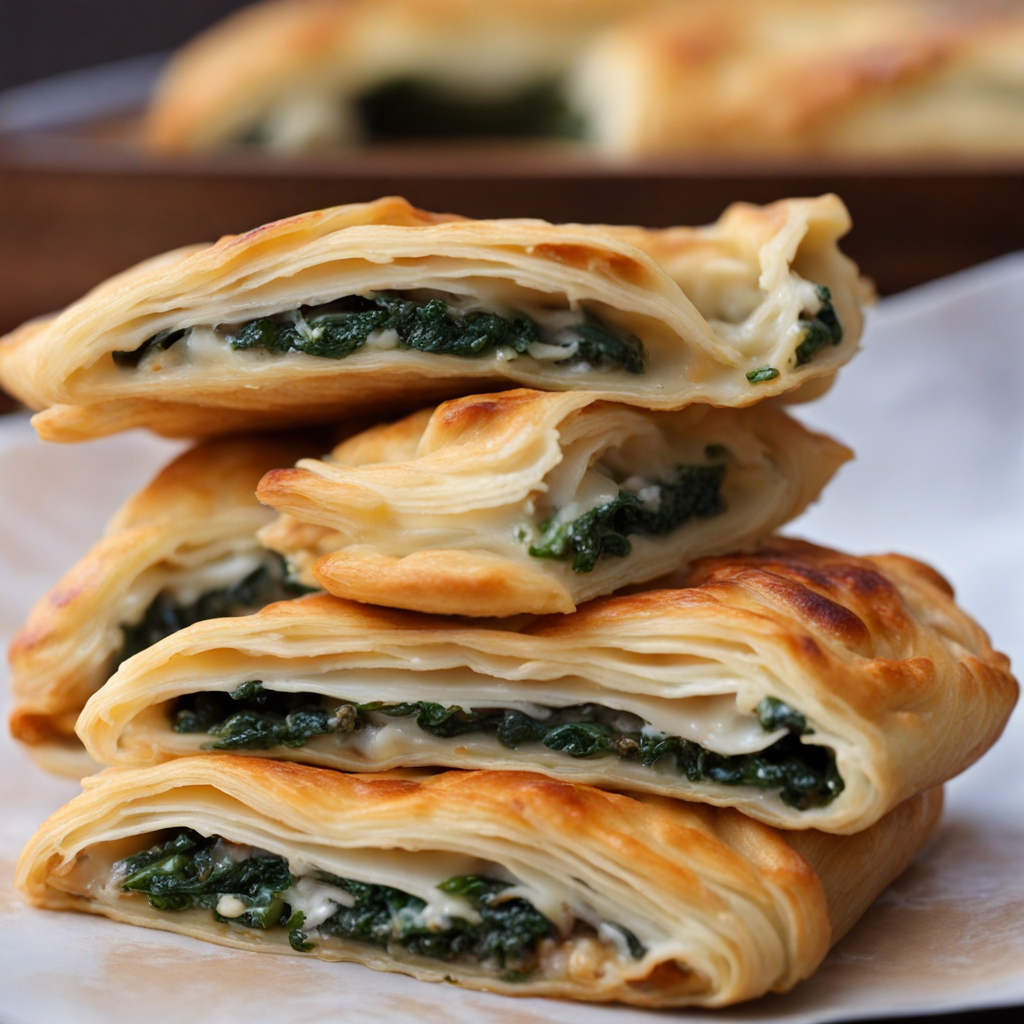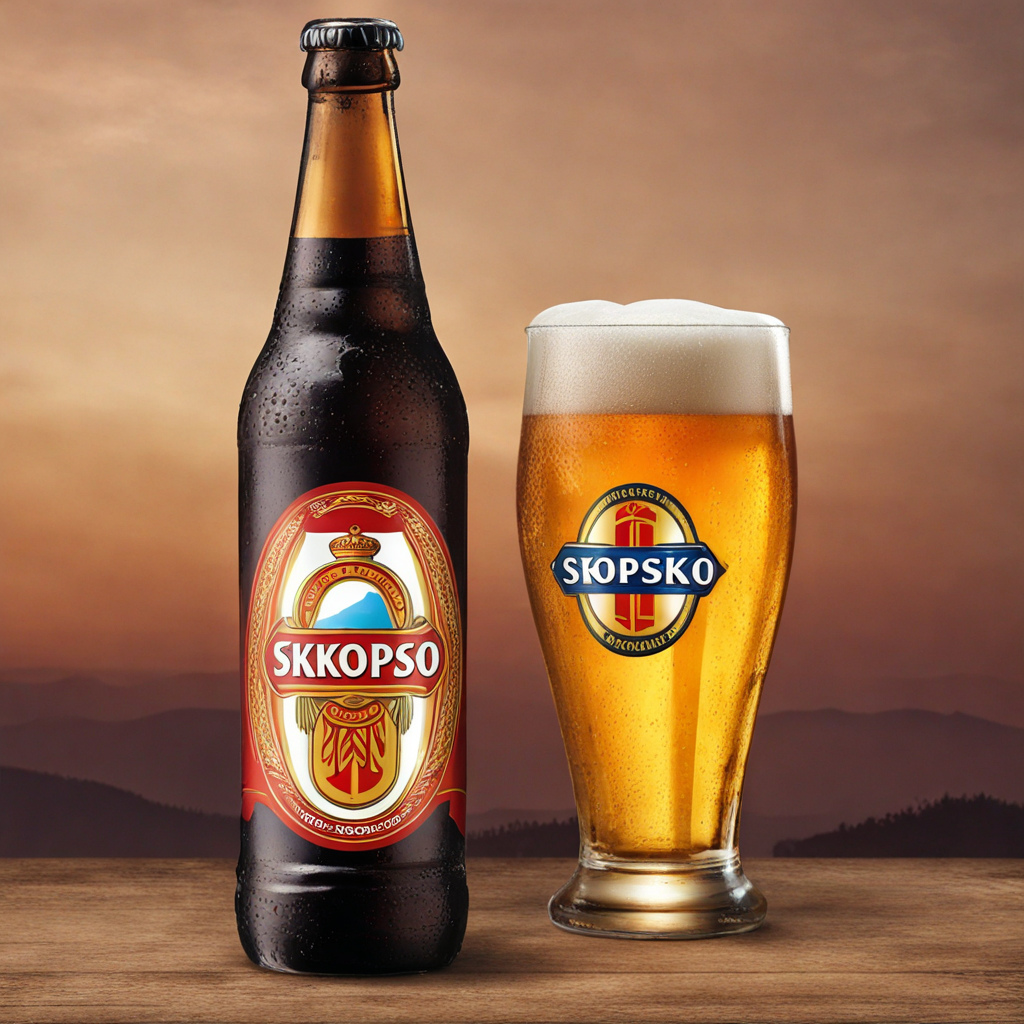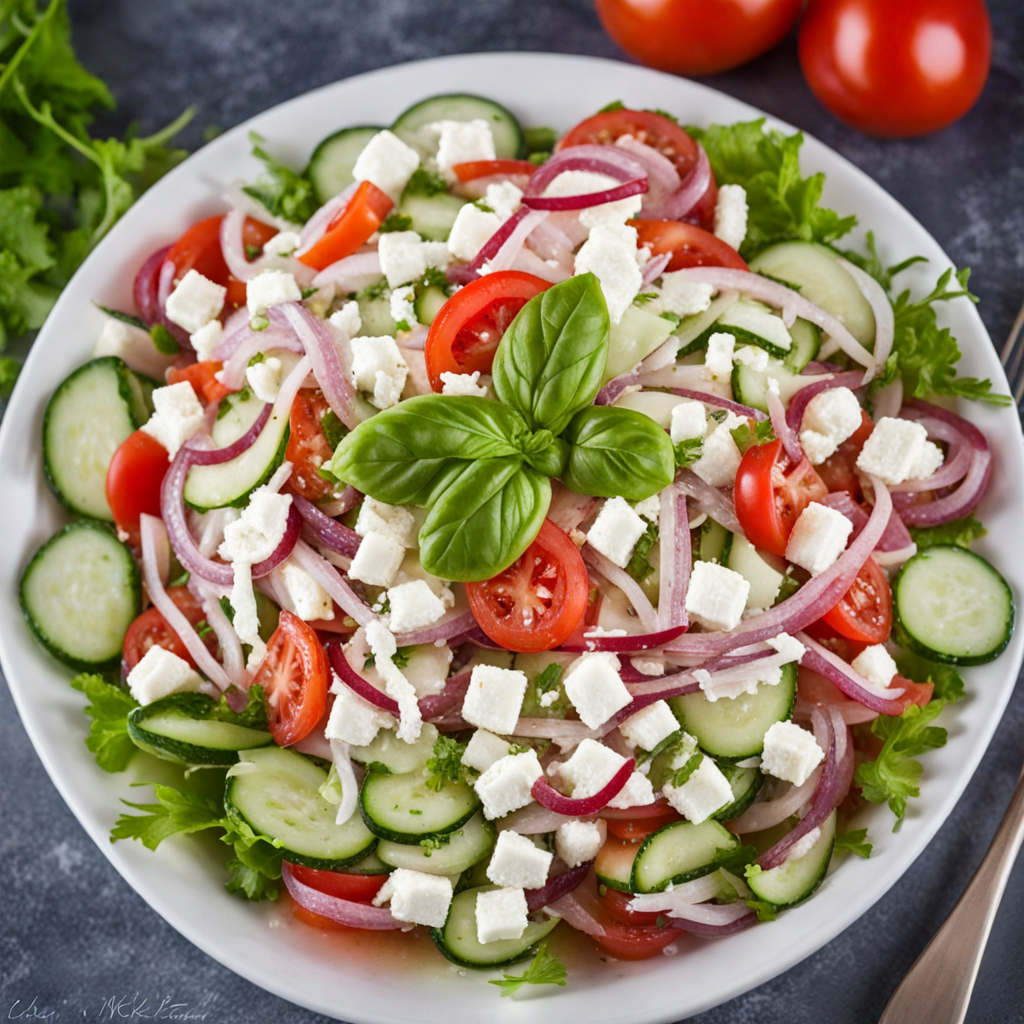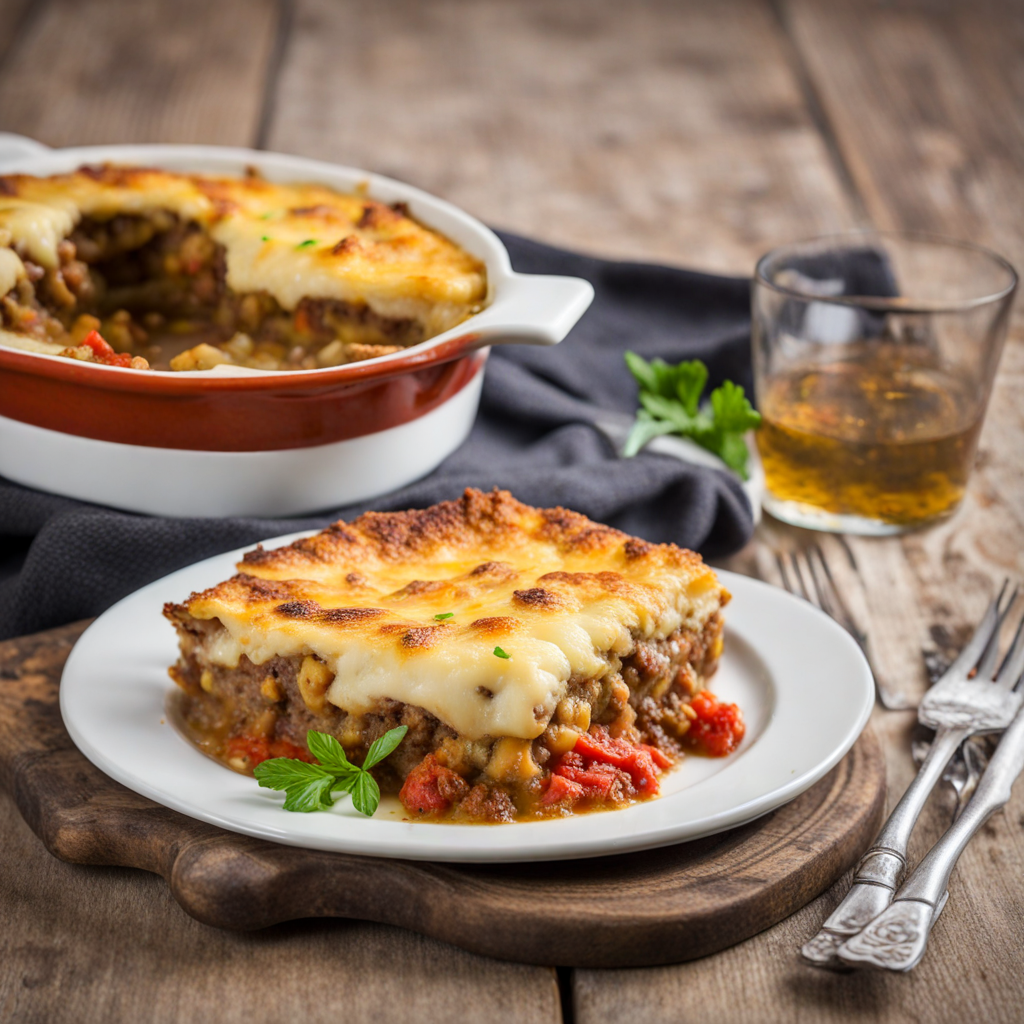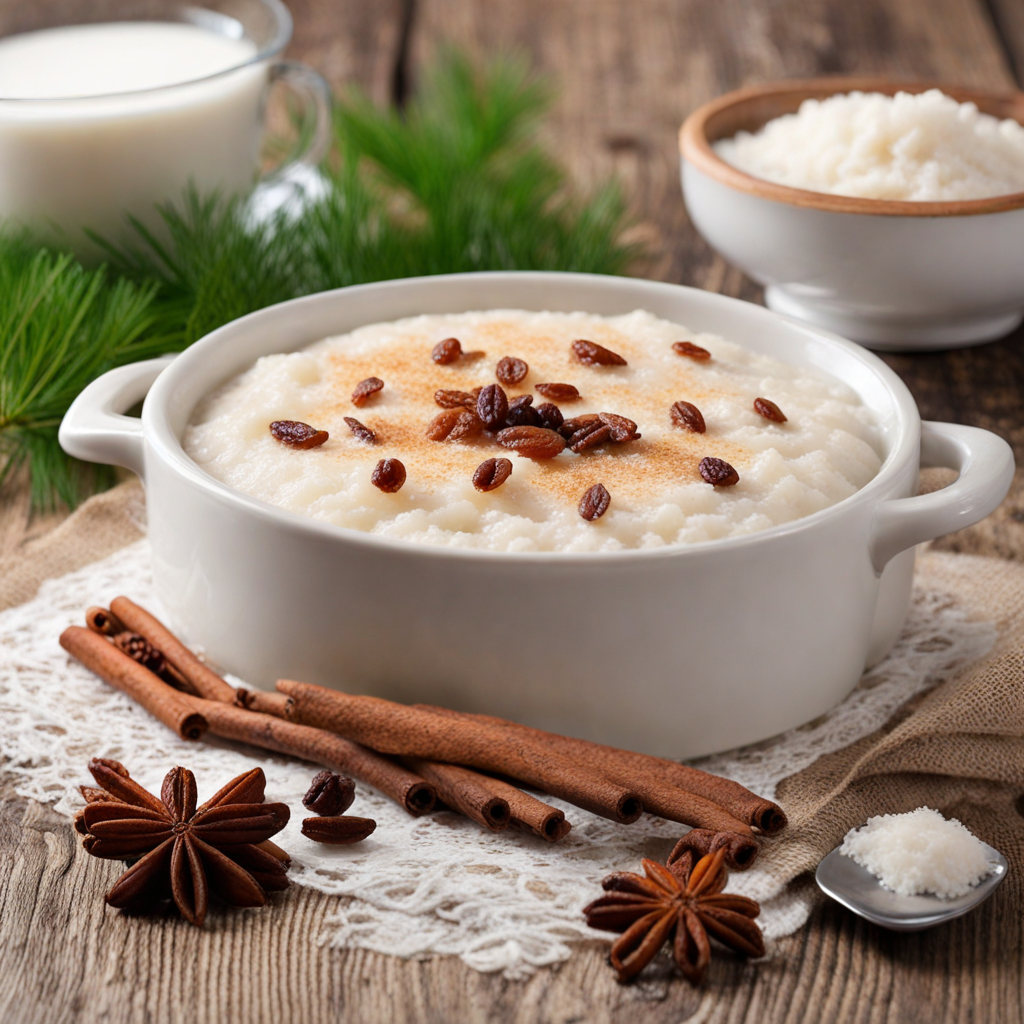Burek
Burek is a savory pastry that has become a beloved staple in North Macedonian cuisine, showcasing the region's rich culinary heritage. This delicious dish is typically made from thin layers of dough, known as yufka or phyllo, which are meticulously rolled and filled with a variety of ingredients. While the classic filling consists of minced meat, often mixed with onions and spices, variations abound, featuring ingredients such as cheese, spinach, or potatoes. The harmonious blend of flavors encased in crispy, flaky pastry creates a delightful contrast that is both satisfying and indulgent. Cooking Burek involves a careful layering process, where the dough is stretched thinly, then filled, rolled, and coiled into a spiral or layered formation before being baked to golden perfection. The result is a pastry that boasts a crunchy exterior while revealing a warm, flavorful filling inside. Each bite is a delightful experience, as the flaky layers break apart to reveal the juicy, seasoned filling that is sure to tantalize your taste buds. Traditionally enjoyed as a snack or a hearty meal, Burek is often served with a side of yogurt or a fresh salad, enhancing its deliciousness and providing a refreshing contrast. Burek is not just a food; it is a cultural experience that brings people together. Found in bakeries and restaurants throughout North Macedonia, it is a popular choice for gatherings and celebrations, symbolizing hospitality and comfort. Each family may have its own recipe, passed down through generations, making every bite a unique journey through history and tradition. Whether you are savoring a slice in a bustling café or enjoying it at a local feast, Burek is sure to leave a lasting impression, inviting you to explore the rich flavors of North Macedonian cuisine.
How It Became This Dish
Burek: A Delicious Journey Through Time and Culture in North Macedonia The culinary landscape of North Macedonia is a rich tapestry woven with a multitude of influences, reflecting the country’s diverse history and cultural heritage. Among the many delightful dishes that grace Macedonian tables, one stands out for its widespread popularity and savory allure: burek. This pastry, filled with a variety of ingredients, has transcended borders and evolved over centuries, embodying a story of migration, adaptation, and cultural fusion. Origins of Burek The origins of burek can be traced back to the Ottoman Empire, which reigned over the Balkans for several centuries starting in the late 14th century. The dish is believed to have evolved from a pastry called "börek," which was a staple in Ottoman cuisine. The term "börek" itself is derived from the Turkish word "börek", which refers to a baked filled pastry. While its precise origins remain a topic of debate, many food historians argue that the concept of layered pastry, filled with meat, cheese, or vegetables, can be traced even further back to ancient civilizations, including the Greeks and Romans. Cultural Significance In North Macedonia, burek is more than just a dish; it is a cultural emblem that embodies the essence of Macedonian hospitality and community. Traditionally, it is served at family gatherings, festive occasions, and celebrations, symbolizing togetherness and sharing. The act of making burek often involves family members coming together, each contributing their skills, whether in preparing the filling, rolling out the dough, or baking the final product. This communal effort fosters bonds and creates a sense of belonging, reinforcing the importance of food as a unifying force in Macedonian culture. Burek is frequently enjoyed in various contexts, from a quick snack on the go to a luxurious dish served at weddings and special occasions. It transcends social classes, appealing to all demographics regardless of age or status. Street vendors selling freshly baked burek can be found in bustling markets and city squares, making it a readily accessible comfort food for locals and visitors alike. Varieties and Ingredients The beauty of burek lies in its versatility. Traditionally, it is made from thin layers of dough known as "yufka" or "phyllo," which are rolled out and filled with an assortment of ingredients. The most common fillings include minced meat (usually beef or lamb), cheese (often a blend of feta and other local cheeses), spinach, and potatoes. The choice of filling often reflects regional preferences and seasonal availability, showcasing the agricultural bounty of North Macedonia. In the southern regions of the country, for example, you might find burek filled with fresh greens and dairy, while in urban centers like Skopje, meat-filled variants dominate the market. The pastry is typically shaped into spirals, coils, or layered pies, and baked until golden brown, creating a flaky, crispy texture that contrasts beautifully with the savory filling. Burek Through the Ages As North Macedonia underwent various political and social changes over the centuries, so too did burek. The fall of the Ottoman Empire in the early 20th century brought about significant shifts in culinary traditions. While burek remained a beloved staple, the dish began to evolve, integrating local ingredients and flavors that reflected the national identity of a newly independent country. During the Yugoslav era, burek gained further recognition and popularity across the region. It became a common offering in both restaurants and homes, often accompanied by a side of yogurt or a sprinkle of paprika. The shared love for burek among the peoples of the former Yugoslavia helped solidify its status as a beloved Balkan dish, with each country adding its unique twist. In contemporary North Macedonia, burek continues to adapt to modern tastes and lifestyles. Gourmet variations have emerged, featuring innovative fillings and fusion flavors, while traditional recipes are still cherished and passed down through generations. Food festivals celebrating local cuisine often feature burek as a centerpiece, allowing chefs to showcase their skills and creativity. Burek in Modern Society Today, burek occupies a prominent place in the culinary identity of North Macedonia. It is a symbol of resilience and continuity, bridging the past with the present. The dish is not only enjoyed by locals but has also garnered attention from international food enthusiasts, who are drawn to its rich flavor and cultural significance. The rise of global food culture has led to a renewed interest in traditional dishes like burek, with Macedonian restaurants and bakeries opening abroad to cater to the diaspora and curious food lovers. Social media has played a crucial role in promoting burek, with beautiful images and recipes shared widely, inspiring home cooks around the world to try their hand at this beloved pastry. Conclusion Burek is more than just a delicious pastry; it is a testament to the rich history and cultural significance of North Macedonia. Its origins in the Ottoman Empire, coupled with centuries of evolution and adaptation, have allowed burek to transcend geographical and cultural boundaries. As North Macedonia continues to forge its identity in a rapidly changing world, burek remains a cherished connection to the past, a source of pride for its people, and a delectable delight for all who are fortunate enough to taste it. In every bite of burek, there is a story waiting to be savored—one of tradition, community, and the enduring power of food to bring people together.
You may like
Discover local flavors from North Macedonia


